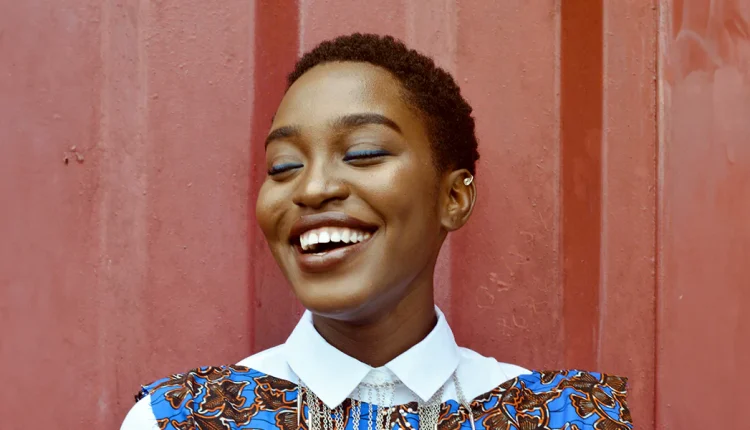6 types of smiles and their hidden meaning
Smiles are a powerful but are not always straightforward.
Smiles are one of the most universal forms of communication, and yet, they are far more complex than they appear.
While a smile often signals happiness or friendliness, different types of smiles can carry various underlying emotions or intentions. We smile to express joy, politeness, and sometimes even discomfort or superiority.
Understanding the nuances behind each type of smile can help us connect better with others, recognise hidden feelings, and respond with greater empathy.
Here are six common types of smiles and what they might reveal about someone’s true emotions.
1. Duchenne smile
This is the most genuine type of smile, often associated with real happiness. It involves the movement of both the mouth and eyes, with “crow’s feet” appearing around the eyes. A Duchenne smile conveys sincerity, trustworthiness, and warmth.
2. Polite smile
A polite smile is a socially driven expression, used in formal settings or when we want to be courteous. It involves less eye engagement and is usually limited to the mouth. While it’s friendly, it often lacks the depth of a true Duchenne smile and is more about maintaining social harmony.
3. Fearful smile
This type of smile is seen in uncomfortable or tense situations, where a person smiles to mask their fear or anxiety. You may notice someone showing this smile when they’re nervous, such as during public speaking. It can look forced, with tight lips and little eye involvement.
4. Miserable smile
A miserable smile occurs when someone is trying to hide their sadness or disappointment. This smile might appear during moments of loss or failure, where someone tries to maintain composure despite their negative emotions. It lacks the warmth of a happy smile.
5. Contemptuous smile
This smile is typically lopsided, with only one side of the mouth raised, signalling disdain or scorn. It’s an expression used to convey superiority or disapproval without verbalising it, often seen in arguments or tense situations.
6. Embarrassed smile
An embarrassed smile is a coping mechanism when someone feels awkward or has made a mistake. It’s accompanied by downward gazes. This smile helps ease tension but clearly signals discomfort or social unease.


